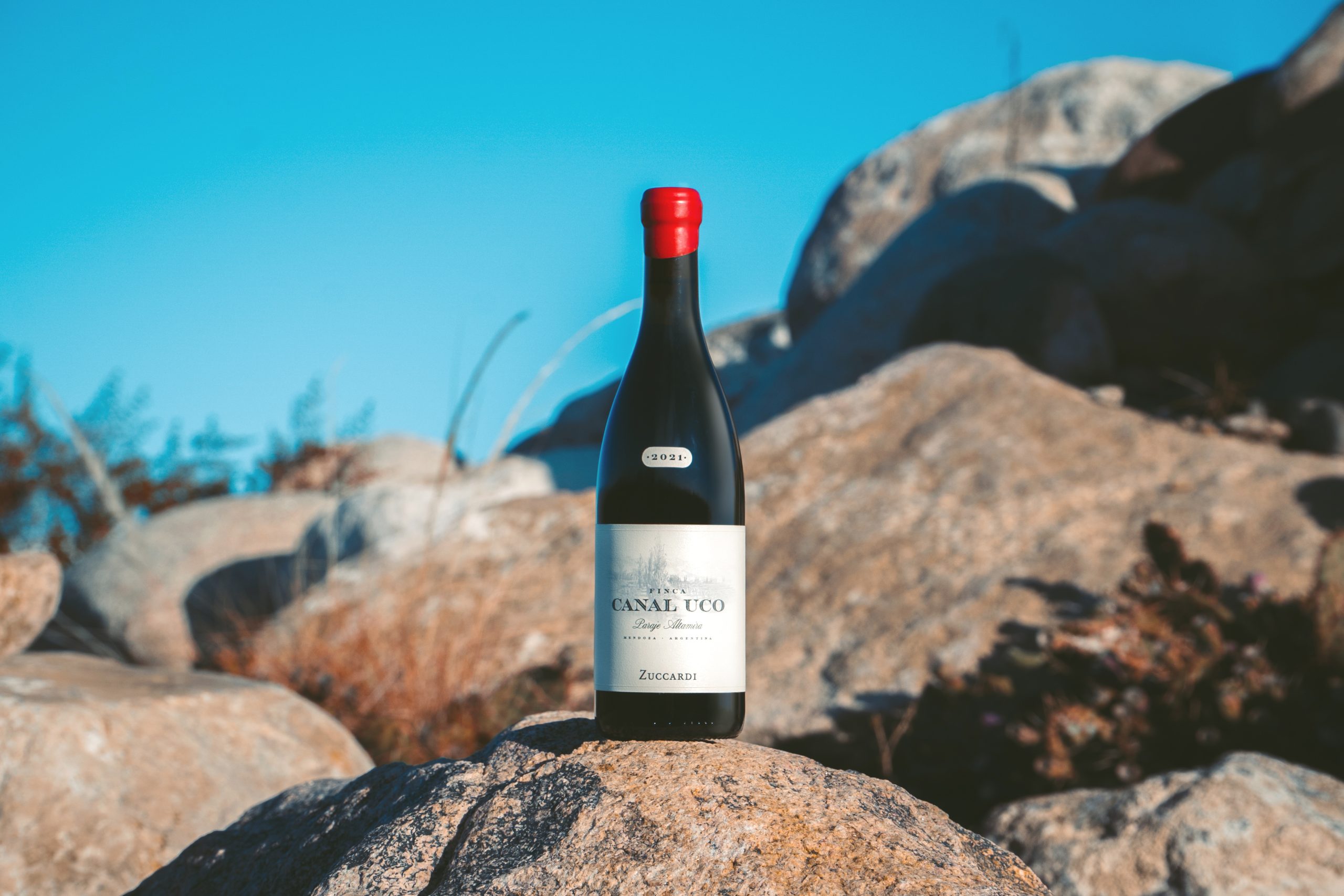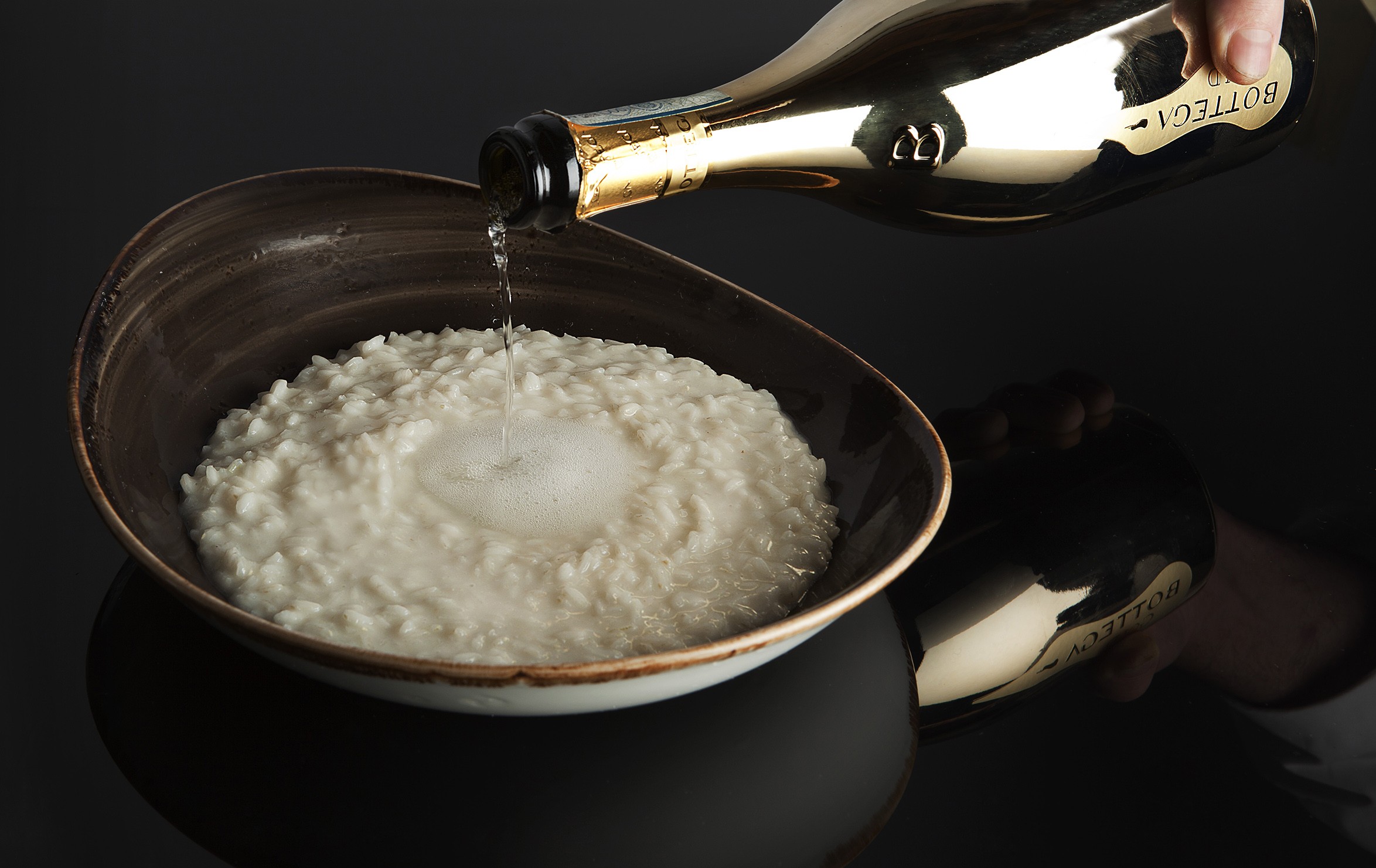BUSINESS FACT FILE
By Sam Blighe, company analyst at Canadean Ltd, leading providers of global market research for the beverage industry
‘Extra Cold’ comfort for UK Beer market
Despite summer 2004 being something of a washout, sales of beer in the UK were only marginally down (-0.2%) on the previous year, according to Canadean’s UK Beer Service Report, 2005. This was partly thanks to Euro 2004, which fuelled sales of brands typically associated with football, Carling and Carlsberg being prime examples. This alone, however, failed to offset the impact on the market of the continued fall in personal imports from France.
For the first time in five years, mainstream lagers outperformed premium variants in 2004. In the on-trade “extra cold” lagers have proven extremely popular, with some premium lager drinkers switching over. In the off-trade, price promotions have driven sales, as mainstream lagers continue to benefit more than any other beer segment from a buoyant off-premise channel.
The top three mainstream lagers, Carling, Foster’s and Carlsberg, have all introduced the “extra cold” concept into their ranges. Foster’s may have been the weakest performing of these brands in 2004 (+5%), but its “super chilled” delivery system, available in 11,000 on-trade outlets, has received widespread accolades. Leader of the pack, in terms of growth, however, was Carlsberg (+13%), which rose on the back of its Euro 2004 sponsorship, plus competitive off-trade pricing.
In the absence of a major sporting event, Canadean expects UK sales of beer in 2005 to fall slightly short of 2004 levels. Perhaps of greatest concern, however, is what lies further ahead: a possible smoking ban in the UK and legislation to curb binge drinking. Faced with such challenges, brewers are already beginning to focus more on value growth by firming up prices in the off-trade.
Vodka leads recovery of irish spirits market
Following a disastrous 2003 when spirit sales plummeted by 20% as a result of the 42% hike in excise duty, 2004 marked the sector’s recovery. Volumes rose by just over 3% to 2.2 million (9L) cases. However, forecasts in Canadean’s Spirits Annual Report, Ireland, indicate that sales are unlikely to return to previous levels for some time.
Underpinning the return to growth was the largest and most dynamic sector of the Irish spirits market, vodka. Volumes were up by 7%, an increase that was driven not by the big brands, the performance of which was generally sluggish, but by the cheaper products, with lower alcohol content.
Leading the category by a considerable distance, however, is Diageo’s Smirnoff range, which captured just over half of total vodka sales in 2004. Up until 2003, Pernod Ricard’s Huzzar range had been rising at a faster pace but the raising of excise taxes appears to have stalled this development.
Although the Irish vodka market is forecast to grow fairly slowly, producers should not shy away. Flavoured vodkas, popular elsewhere, have yet to make an impact, and cocktails (for which vodka is a common ingredient) are on the rise. It should also not be forgotten that vodka is typically the first spirit that young drinkers sample.
Pernod Ricard prioritises its brands
With the takeover of Allied Domecq complete, Pernod Ricard has re-prioritised its brands. Gone from its list of 11 Key Spirits are Clan Campbell (whisky), Pastis 51 (anis/pastis), Seagram’s gin, Amaro Ramazzotti and Wild Turkey (bourbon). All have become Local Spirits, yet with the exception of Seagram’s and Pastis 51, none could be described as struggling, suggesting that growth alone is not a determining factor for becoming one of Pernod Ricard’s star brands.
Partner Content
The five ex-Allied Domecq brands that have made it onto the “hot” list are a mixed bunch: two liqueurs (Malibu and Kahlúa), a gin (Beefeater), whisky (Ballantine’s) and Stolichnaya vodka, to which Pernod Ricard has gained US distribution rights. What they all have in common are high margins, which typically fit the profile of the French player’s brands.
Among its new arrivals, Malibu provides Pernod Ricard with especially good reason to cheer. Since the turn of the decade, volumes have jumped by 28%, thanks to new flavour extensions, most recently Malibu Passion Fruit, and strong promotional support. Allied Domecq began the roll out of a US$12 million advertising campaign in the USA in May 2004.
Stolichnaya is another “hot” brand, with the USA its most dynamic market (+34% since 2000). Pernod Ricard’s obligation to trade in its other US vodka, Seagram’s, in order to secure distribution rights, looks likely to have paid off. Although Seagram’s had achieved phenomenal growth since its acquisition in 2001, its volumes were small in comparison.
The other Key Spirits from the Allied Domecq stable may not have achieved such vibrant growth in 2004, but Pernod Ricard is unlikely to be fazed. Its experience of turning around ex-Seagram brands, Chivas Regal and Martell, in particular, leaves its well placed to pursue their revitalization.
South Korea: The soft drinks market energises
Despite their high price tag, energy drinks have taken South Korea’s soft drinks market by storm, with volumes shooting up by 83% in 2004. Per capita consumption levels stood at 2.2 litres for the year, compared to just 0.9 litres in 2002. Moreover, consumption is expected to average 2.5 litres in 2005.
Fuelling this dramatic upswing in sales were vitamin enhanced drinks, which have attracted the attention of increasingly health-conscious consumers. Their impact on the category is perhaps best illustrated by the change in brand rankings, with Vita (Kwangdong Pharma- ceutical) knocking Miero Fiber (Hyundai Pharmaceutical) from the number one spot, as a result of a tripling of volumes. Another strong performance within the sector came from Fatdown
(CJ, formerly known as Cheiljeedang), volumes of which also more than tripled in 2004, pushing the weight loss product from fourth into second position. Like all other major energy drinks, it is owned by a pharmaceutical producer. The hold that these companies have on the category could be difficult to break, as both their image and distribution networks are already strong.
According to Canadean’s Soft Drinks Service, South Korea 2005, volume sales of energy drinks are likely to rise by a further 15% this year. If this growth continues, energy drinks will soon be more popular than Iced/RTD coffee drinks.
Per capita Trends monitor
Hot tea and coffee are still the no. 1 drinks in the UK, but soft drinks continue to shorten the gap. Consumption of soft drinks increased by 23 litres per person over the four years to 2004, led by packaged water which has grown by over 40%. Also consumption of wine has gone up by 3 litres per person since 2000, representing a growth of 16% over the 4 years.
© db October 2005




